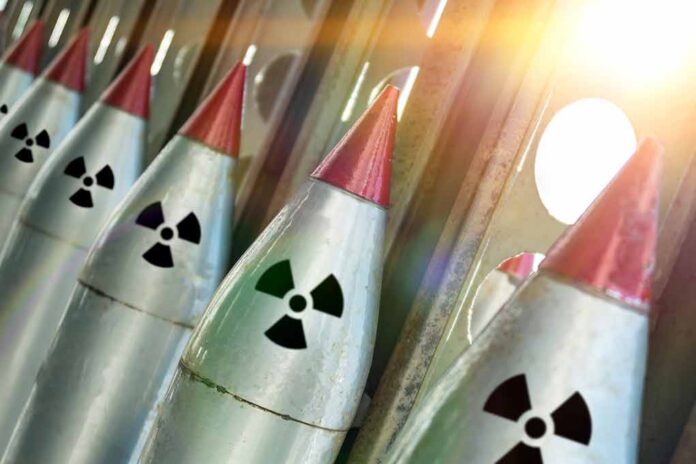
The United States made its presence known to terrorists in Yemen. The Air Force’s B2 Spirit bomber coordinated precision airstrikes on five underground weapons storage facilities in Yemen. Strikes aimed at weakening Houthi capabilities and protecting US forces were a showcase for the B-2 bomber. The United States is deeply committed to regional stability.
US deploys B-2 bombers in unprecedented strike on Houthi targets
On October 16, 2024, the United States used highly advanced B-2 Spirit stealth bombers to conduct precision airstrikes against Houthi targets in Yemen. This is the first time these strategic aircraft have been deployed against Houthi forces, indicating a strong response to ongoing regional threats. The operation targeted five underground weapons storage sites in Houthi-controlled areas, demonstrating America’s unrivaled ability to carry out long-range, precision strikes on heavily fortified targets.
The decision to employ B-2 bombers, which flew directly from Whiteman Air Force Base in Missouri, underscores the seriousness with which the United States views the Houthi threat to international maritime security. These nuclear-capable aircraft, rarely used in combat due to their high cost and strategic value, were last deployed in a combat mission in 2017 against Islamic State targets in Libya.
The U.S. military conducted airstrikes on several Houthi weapons storage facilities in Yemen, the Pentagon said. https://t.co/DzoLGvq6rL
— CBS News (@CBSNews) October 17, 2024
Causes of the Operation
The United States’ military objectives included undermining the military capabilities of Iran-backed Houthi forces and protecting key international navigational routes. The Houthis have disrupted international trade by attacking ships in the Red Sea, Bab Al-Mandeb Strait, and the Gulf of Aden. The operation also aimed to protect US forces and interests in the region from potential Houthi threats.
“Austin said the B-2 bombers targeted ‘five hardened underground weapons storage locations in Houthi-controlled areas of Yemen.'” –
Furthermore, the airstrikes aimed to prevent further Houthi attacks on Israeli-affiliated ships during the ongoing Israel-Gaza conflict. This regional conflict has highlighted the need for strong deterrent measures to keep critical waterways safe for global trade and commerce. Reports of the Houthis constructing underground facilities and installations highlight the increasing complexity of their military operations.
The U.S. military conducted airstrikes on several Houthi weapons storage facilities in Yemen, the Pentagon said. https://t.co/DzoLGvq6rL
— CBS News (@CBSNews) October 17, 2024
Regional stability and strategic implications
The choice to use B-2 bombers for this mission has significant strategic implications. Secretary of Defense Lloyd J. Austin III emphasized the operation’s unique capabilities, stating: “This was a unique demonstration of the United States’ ability to target facilities that our adversaries seek to keep out of reach, no matter how deeply buried underground, hardened, or fortified.”
“The employment of U.S. Air Force B-2 Spirit long-range stealth bombers demonstrate U.S. global strike capabilities to take action against these targets when necessary, anytime, anywhere.”
While the primary goal of these strikes was to weaken Houthi military capabilities, the operation also serves as a stark reminder of America’s commitment to regional stability and the protection of its allies. However, this escalation coincides with warnings from the UN special envoy for Yemen about the risk of further military escalation in the Middle East, which could undermine ongoing peace efforts in the region.
Sources:
- Statement by Secretary of Defense Lloyd J. Austin III on U.S. Airstrikes in Houthi-Controlled Areas of Yemen
- B-2 Bombers Strike Houthi Targets











